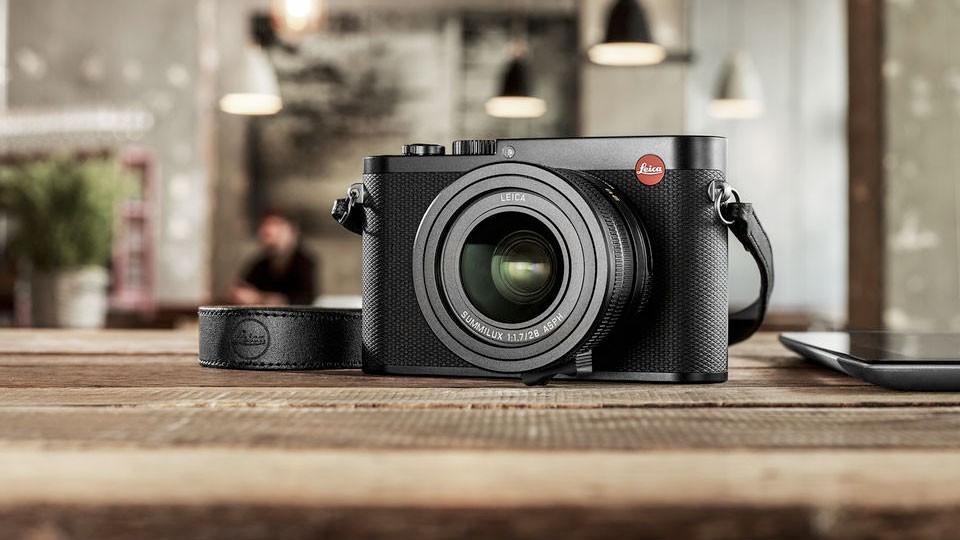Why you can trust TechRadar
The first thing that strikes you about images captured with the Q is just how much detail they contain. It out-resolves the RX1R at every sensitivity setting and maintains an impressively high level of detail even at the uppermost sensitivity values. The sensor is clearly a high performer and the processing engine handles the files well.
At the highest sensitivity values there's no sign of banding, clumping or smoothing and noise is fine grained. Even very fine details stand close scrutiny at 100% or more on-screen. It's the visibility of the noise that limits the size at which images can be displayed and this is something that varies depending upon the subject and personal preferences. Few people, however, will find the images that the Q produces at ISO 3,200 and 6,400 objectionable. They have lot of detail and just a little noise visible in even-toned darker areas. Stepping up to ISO 12,500 sees an increase in chroma noise (coloured speckling) but without any noise reduction applied, images can still look good at A4 (11.7 x 8.3inches) or A3 (16.5 x 11.7inches) size.
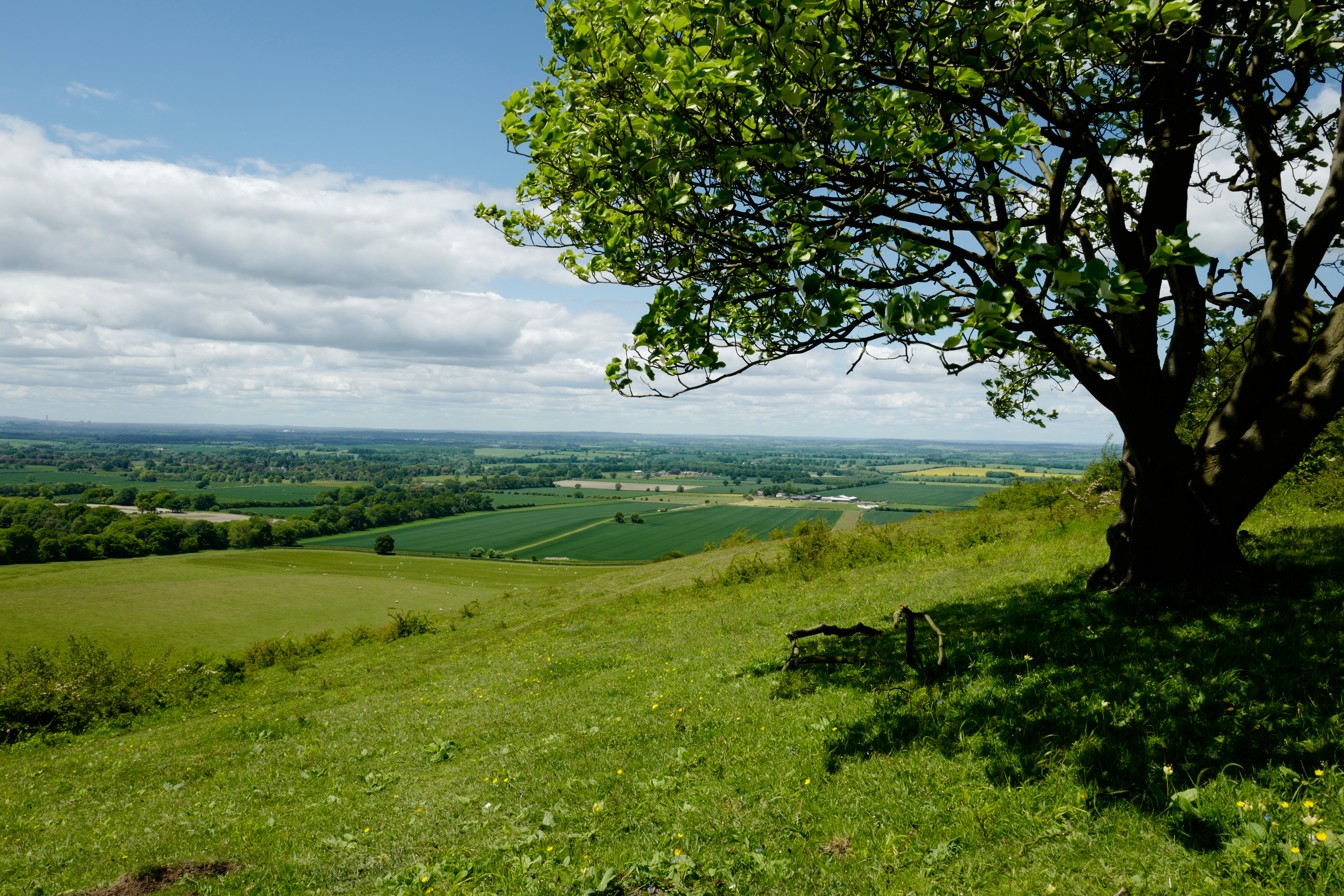
Click here for a full size version.
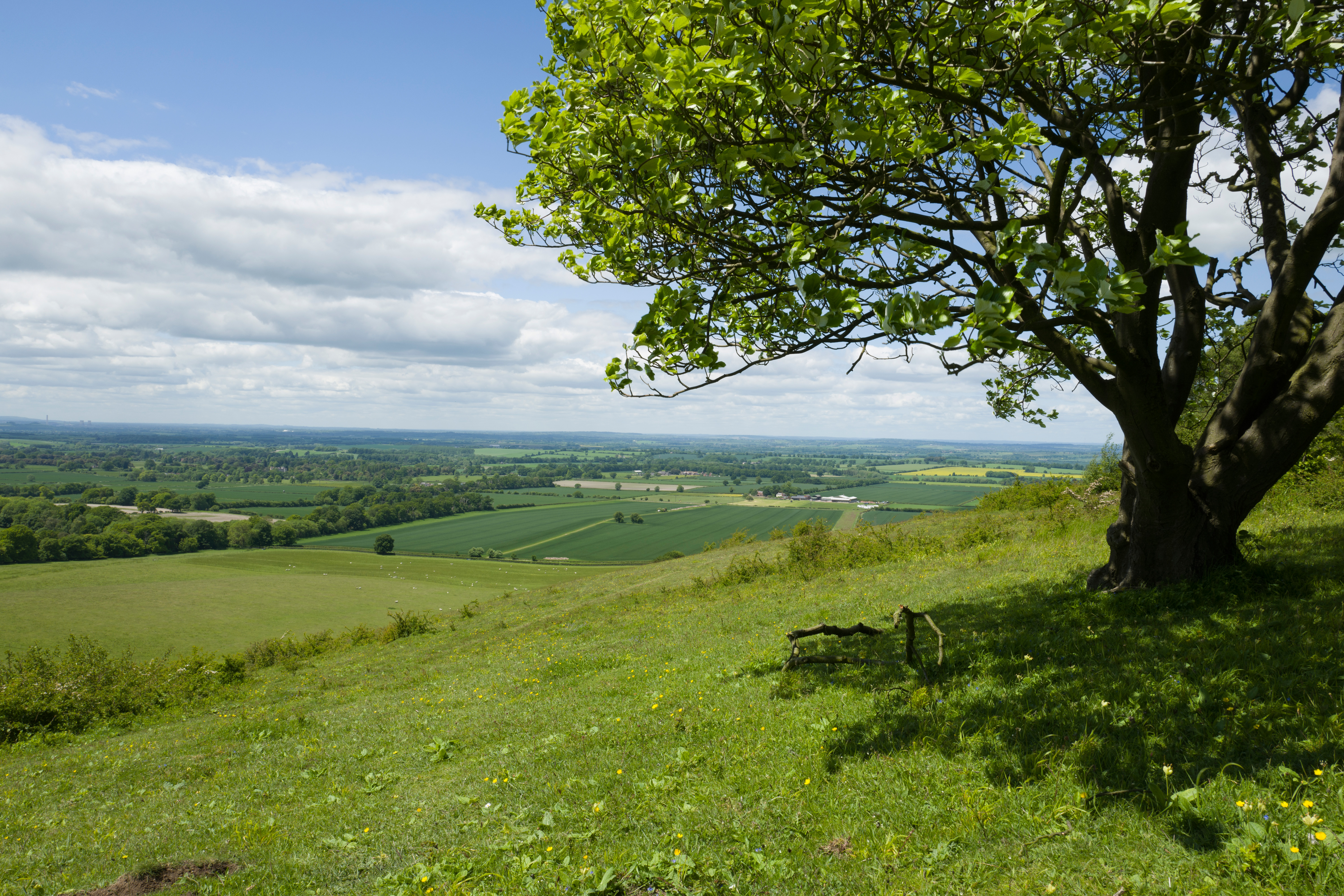
Click here for a full size version.
As well as seeing an increase in noise levels at ISO 25,000 and 50,000, there's a noticeable drop in the colour saturation of JPEG files. Because the noise is evenly distributed and without a regular pattern, the files are ripe for creating atmospheric monochrome conversions.
While the Q's general purpose Multi-field metering does a good job in average lighting conditions, I found that I made quite a bit of use of the exposure compensation dial. In some cases this was to lighten dark scenes, but more often it was to protect the highlights of a bright sky. This is especially important if you're only shooting JPEGs as they have quite restricted dynamic range. The raw files cope rather better with capturing a wide tonal range and can therefore withstand greater post-capture adjustment. I suspect that most who invest in the Q are likely to understand the benefit of raw files, but there may be some with pots of cash who just appreciate the Leica legacy or the Q's build quality and want to learn about photography.
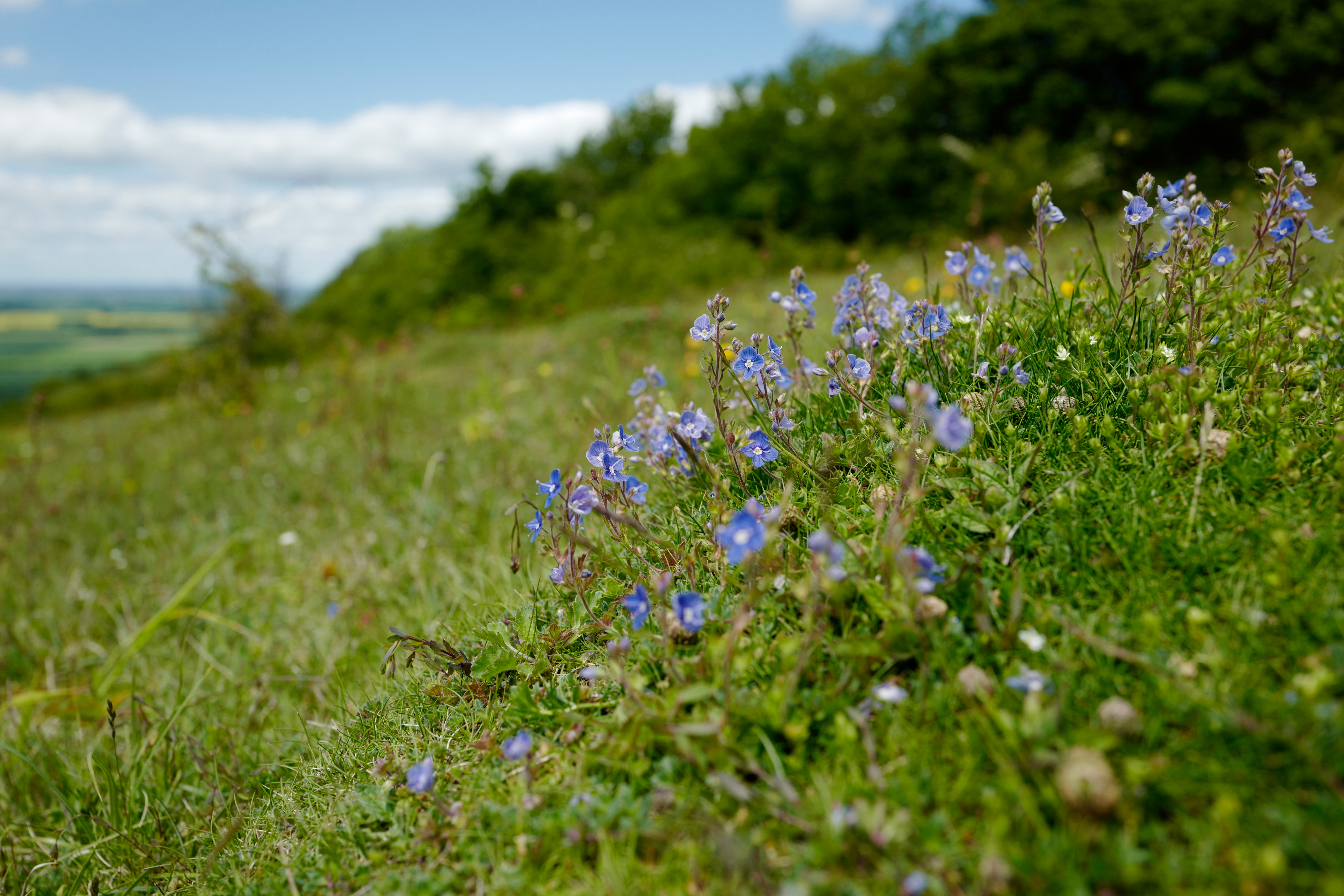
Click here for a full size version.
In natural light the Q's automatic white balance system copes well with most conditions and is a good option, as is the Daylight setting. Colours are also good.
While the Q's Tracking AF mode does a pretty good job of following a moving subject around the frame and adjusting focus as its distance from the camera changes, it is unlikely that I would use it to shoot sport or action. Similarly in 1-Point mode the camera adjusts focus quickly in good light, but the focal length of the lens makes it a very unlikely choice for sport. This speed could prove useful for street photography, which is a much more likely use of the Q.
At the time of writing I'm not aware of the compensation that Leica claims for the Q's image stabilisation system, but I am able to get consistently sharp images at 1/10sec, with shots look razor sharp at 100%. I was even able to get the odd acceptably sharp image at 0.5sec.
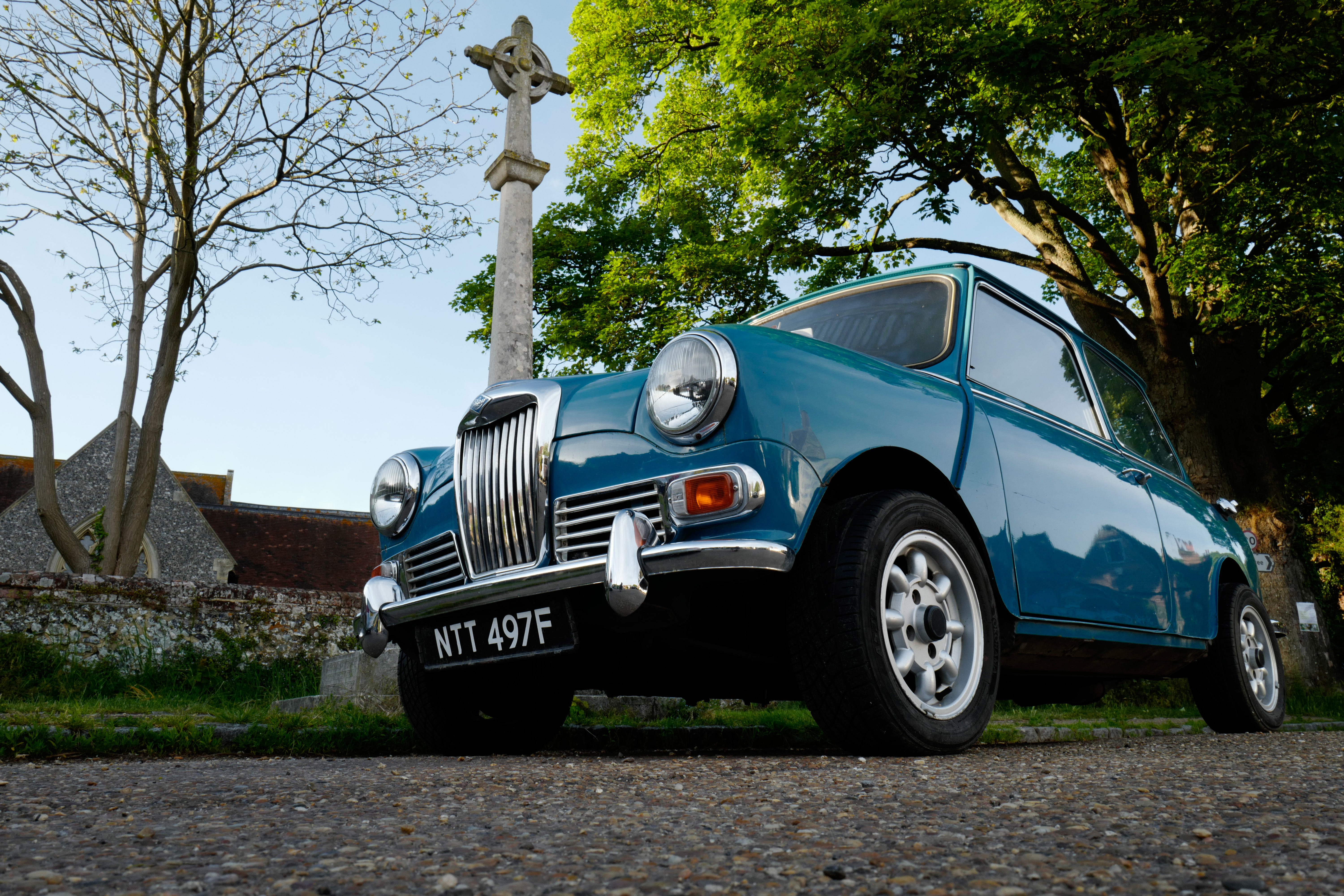
Click here for a full size version.
Leica has a fantastic reputation for the optical quality of its lenses and the Summilux lens on the Q maintains the tradition. If there is distortion, I can't see it, as straight lines look to be straight. Flare is also controlled incredibly well and even shots that include the low sun shining directly into the lens look good – there are a few hot spots and a slight lowering of contrast in some areas, but there are no wild colours and it's possible to produce some very attractive results.
With a maximum aperture of f/1.7, some vignetting isn't really a surprise when shooting wide open, but it's not dramatic and is often likely to go unnoticed. If you choose to photograph a blank white wall, however you're likely to see some corner shading even when the aperture is closed down as far as f/8 or smaller, but in more normal photography it is subtle and likely to enhance the image rather than degrade it.
